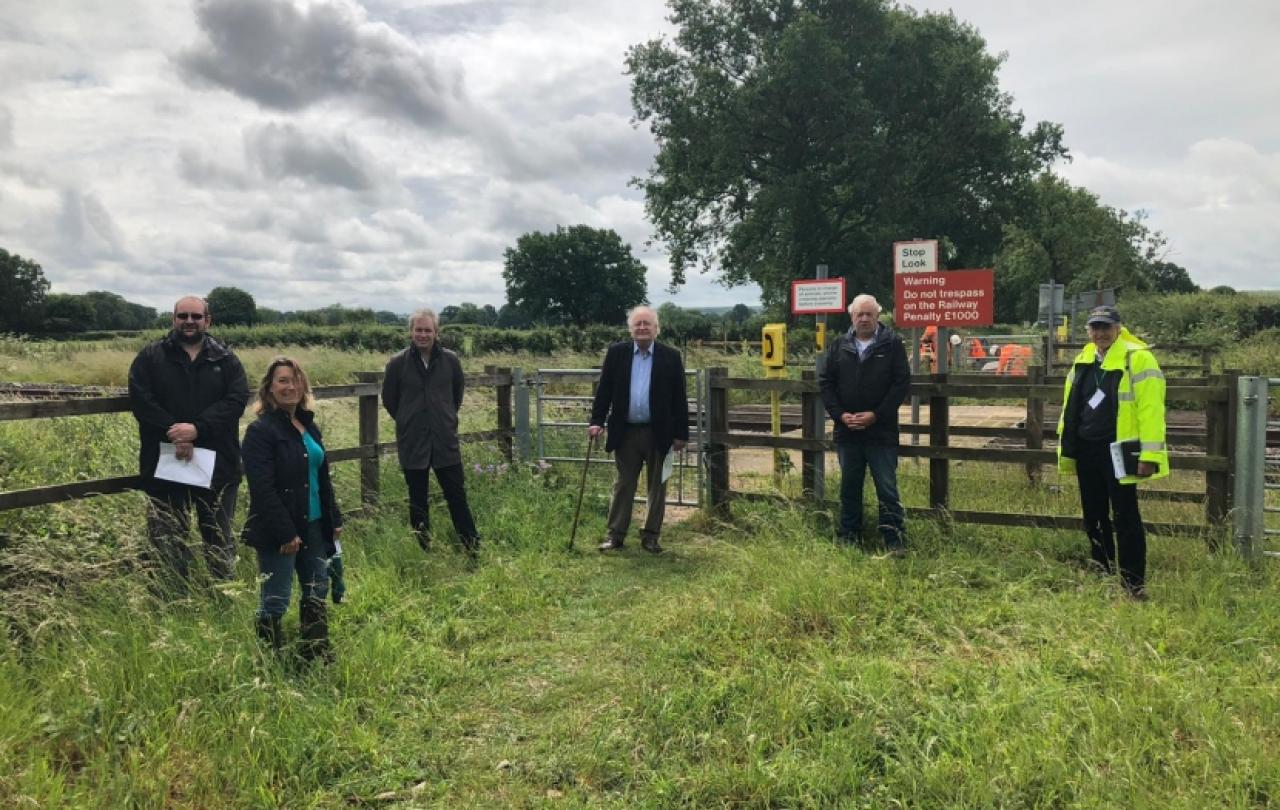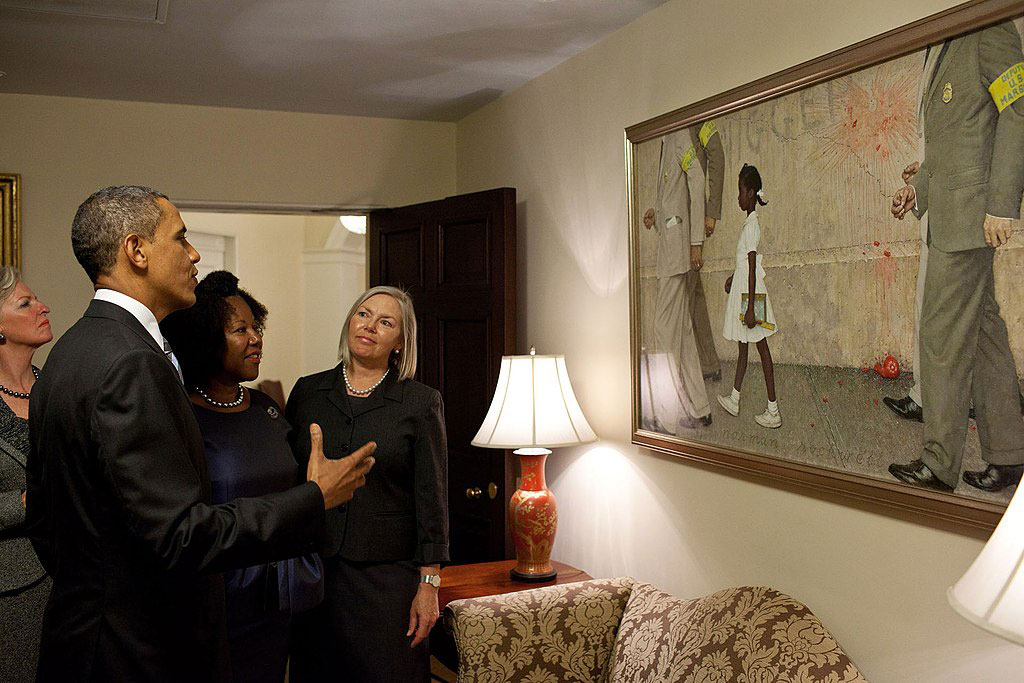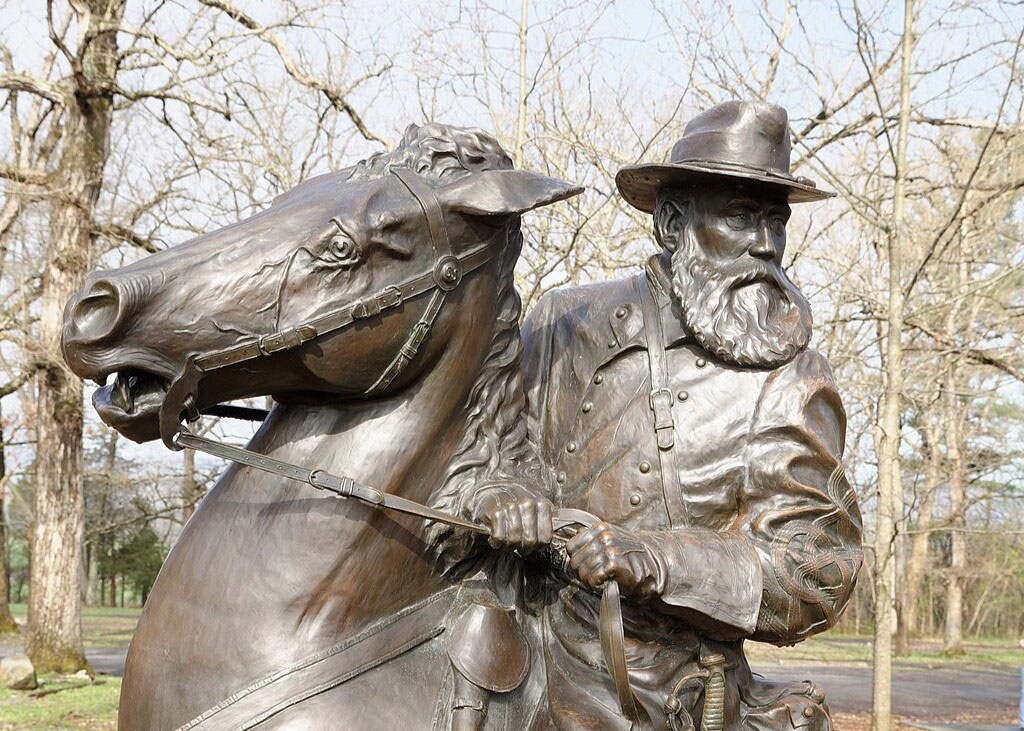
Democracy divides us. The political system best calculated to hold together a diverse society is also one that exacerbates differences and obscures our common opinions and interests. A two-party system - and all Western politics is largely binary, split between conservative and progressive parties or groups of parties - encourages vicious disagreement across the aisle, and polarises opinion in the country.
The paradox is that, despite our party disagreements, the most popular opinion with the public is that ‘they're as bad as each other’. The view held in common across the country is that ‘they’re all the same’; that ‘there’s nothing to choose between them’. And deep down, the public is right, but in a good way. Fundamentally the parties share a worldview, which derives from our common inheritance as the heirs of the Christian tradition.
That tradition taught us that individuals are intrinsically, personally, valuable, without reference to the identities of sex, household, tribe or race which, in pagan cultures, gave people their only worth (or for most people, their lack of it). It also taught us that, despite our individual personal value, our mission in life was other-facing. Our object of worship was outside the self. God’s will was made material and meaningful through the institutions of our common life, in what we came to call civil society. These institutions in turn, especially the institution of the law, worked to protect the individual and make diversity safe.
This tradition split into two parts in the modern age, as an old, anti-Christian idea, which Christianity had expunged, crept back in. In my book Covenant I call it ‘the Idea’, as opposed to what I call ‘the Order’. The ‘Idea’ is that I am god, with the creative power to order reality and decide for myself what is right and wrong. This ancient heresy has been refreshed in our times precisely by the principle of individual rights and freedoms that Christianity gave us. This is because we have steadily degraded the other side of the Christian bequest: the other-facing, institutional life that gave individuals a more textured sense of who they were, i.e. members of a community with something to live for outside themselves. The consequence is both the narcissism of self-worship and the rise of identity culture - a return to the pagan belief that your value is determined by your sex, race or tribe.
In the age of tech we can create a decentralised, responsive and personalised system that will give us both belonging and agency.
Individual value and dignity, made safe and meaningful by a social arrangement which emphasises solidarity, peace and care for the stranger - these are the elements of what I call the ‘Order’. They are not absolute principles: even individual rights to life and liberty must be constrained in certain circumstances, and other-facing generosity likewise needs to be limited in order to be sustained. To take a current example, ‘care for the stranger’ does not, in my view, mean offering a home in the UK to anyone who manages to arrive on our shores and claim asylum. It does mean treating every asylum seeker humanely, whether we admit them or remove them, and it means committing part of our wealth and power to preventing, or mitigating the effects of, war and natural disaster in other parts of the world.
How does such a covenantal politics approach other policy areas? The principles that Graham Tomlin set out in the report he compiled after the Grenfell Tower fire, after listening to local voices, are a helpful guide. We need to ‘humanise welfare’, dismantling the inefficient bureaucracies which see people as units to be managed, rather than as people to be helped and given responsibility and agency, and build instead relational systems of social support. We need to ‘provide homes’, which means so much more than the sterile term ‘housing’: it means attractive, affordable, safe buildings where people can live both with privacy and in community. As this suggests we need to help people ‘become neighbours’, with the means and the motivation to connect with others who belong to different identity groups. We should ‘notice faith’: as happened after Grenfell, it is local community faith groups which more than any official agency provide support, belonging, cohesion, and practical change at a local level.
And lastly, overall, we need to ‘renew democracy’. In Graham’s words, ‘we need to find ways to enable people, especially in more deprived areas, to have more of a say in issues that directly affect their lives, rather than politics happening at a distance by competing parties remote from local life.’ The sense of this is both deeply conservative (small-c) and deeply radical. Of course, we need power to be close to the people; this was the traditional way of things before the Durkheim and his followers decided that the centralised state, not local civil institutions, was the proper place for managing human services. In the Middle Ages, according to Robert Tombs’ history of England, fully a third of men, of all classes, played a responsible role of some kind in the management of their neighbourhood. Yet a return to this model would be radical, because it involves upending Durkheim’s assumptions - shared by his heirs in the school of New Public Management beloved of the Blairites - about the proper arrangement of society.
We need a gentle revolution: a return to some old ideas about social organisation that prioritise human relationships, the organic and the natural over utility, efficiency and equality of outcome; ideas which actually lead to a more useful, more efficient and genuinely more equal system. These are the ideas of what I call the Order, derived from theories of the social covenant that lie deep in our history but which are also best fitted to the modern world.
In the age of tech we can create a decentralised, responsive and personalised system that will give us both belonging and agency. We can recreate a more localised economy, but this time more fair, equal and capable of supporting a larger and more diverse population than the pre-modern world knew. And we can make a democracy that more closely reflects the principle that we all, whether progressive or conservative, share a common inheritance and belong to a single political community.
Covenant: The New Politics of Home, Neighbourhood and Nation is published by Forum Press.



